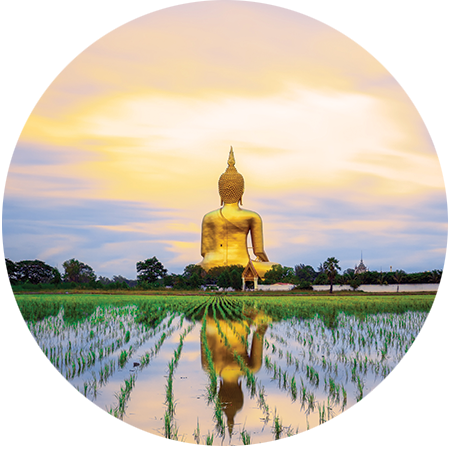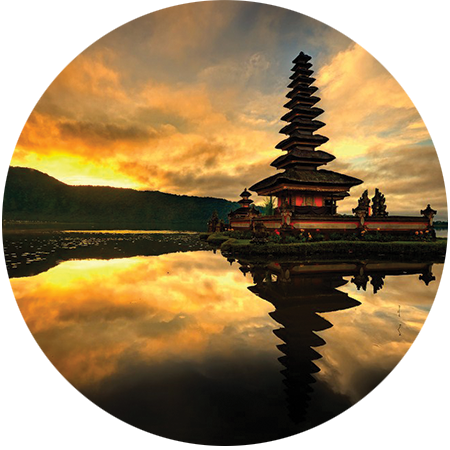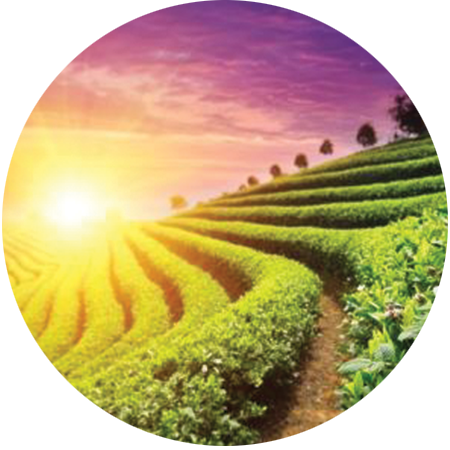
About Matcha
Matcha has gained much popularity in the west in recent years. This happened predominantly due to its powerful health benefits. We have harnessed the benefits of this ancient powerhouse and created a fun and easy to use culinary approach to the ritual of Matcha. Our Ma-Cha Matcha line is the result of countless hours of sampling, paired with an effort to bring an ancient eastern sensibility to a western lifestyle.
We recommend enjoying our Chai latte mixes with milk of your choice. Unlike many other Chai blends we tasted, Ma-Cha Matcha obstains from using fillers, milk powders, sodium casinate, artificial colours and flavours and anything hard to pronounce in general. Ma-cha Matcha is great hot but really satisfying cold. Make it in a blender with ice and milk, add it to your cereal of smoothie or try it in baking and desserts. We figured if it has that much goodness, we might as well make it taste great.
Health benefits
Matcha is an antioxidant powerhouse. One serving of Matcha tea contains the nutritional value of 10 cups of regular brewed green tea. When drinking Matcha, the entire leaf is ingested and the body absorbs 100% of the nutrients of the leaf. Matcha has 137 times more antioxidants of regularly brewed green tea. This gives one cup of Matcha the nutritional advantage over other teas.
Green tea and Matcha contain an important type of antioxidant, not found in other foods. EGCG (epigallocatechin gallate). EGCG provides potent cancer-fighting properties. EGCG and other catechins counteract the effects of free radicals from the likes of aging, disease, pollution, UV rays and chemicals, which can lead to DNA and cell damage. An astonishing 60% of the catechins in Matcha are derived from EGCG, thus, a daily dose of Matcha can help restore and preserve the body’s well-being and help protect against cell damage.
Besides that, tea has many other benefits such as antifungal and antiviral properties. Tea helps sustain a healthy bone and teeth growth and speeds up the metabolism. It detoxifies effectively and naturally. It calms the mind and relaxes the body, is rich in fiber, chlorophyll and vitamins. Matcha enhances mood, aids in concentration, provides vitamin C, selenium, chromium, zinc and magnesium. It prevents disease, lowers cholesterol and blood sugar.


History
The earliest records of ground green teas are found in the Song Dynasty (960–1279). The method of making powdered tea from dried tea leaves originated here. Preparing the beverage by whipping the tea powder and hot water together in a bowl became popular and Buddhists monks brought green tea seeds to Japan from China in 1191 A.D.
Legend has it that the Monk Eisai planted them on the temple grounds in Kyoto. Eisai introduced the Zen philosophy to Japan. It became popular to grind and consume green tea leaves in powdered form. Thus Zen and Matcha became inextricably bound together, in the form of the Japanese tea ceremony. The tea ceremony celebrates the profound beauty of simple things (Wabi Sabi), which teaches us to find the beauty in the imperfection of everyday life. It cherishes the extraordinary in the ordinary, and is intended to bring all participants into the here and now. Matcha embodies presence of mind, a calm meditative state and mental alertness simultaneously.
Production
Matcha is made from shade-grown tea leaves of the tea bush (Camellia Sinensis) and starts by making a full leaf green tea. The preparation of Matcha begins around 3 weeks before the harvest, when the tea bushes are covered with shades to prevent direct sunlight. This reduces the growth process and increases the chlorophyll levels. It turns the leaves darker and causes the production of amino acids, in particular theanine. Only the youngest leaves are picked for production and the raw tea is called “Tencha”. The leaves are then de-veined and meticulously stone ground. It can take up to one hour to grind 30 grams of matcha.


